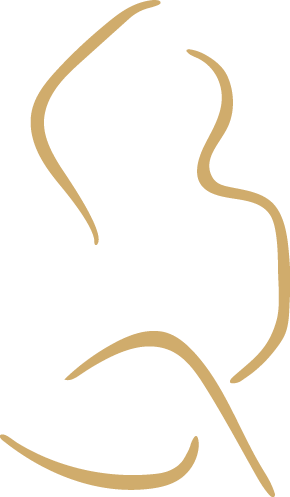More than 2.2 million Australians are affected by osteoporosis and approximately 1 in 3 women and 1 in 5 men over the age of 50 will experience osteoporotic fractures. Scary statistics! Everyone loses bone mass after the age of 25, however, women lose exceptionally large amounts post menopause due to reduction in circulating oestrogen. Some of the important building blocks of bone mass include weight bearing exercises (the physical pulling of muscles on bones); and nutritional components (calcium and its cofactors). These two factors work together to ensure that bone is formed appropriately.
Calcium requirements are between 1000-1500mg per day however, most people only obtain 690mg per day. As such, supplementation is advisable but it is also good to encourage calcium sources in the diet such as tinned sardines or tinned salmon (tinned is better as you’re eating the bones), figs, almonds, pumpernickel, seaweed, seeds, tahini, yoghurt and broccoli. Phytooestrogenic foods such as soy, sprouts, lentils and pulses can also improve bone density in post-menopausal women. It is important that you check your Vitamin D status as it is now a common deficiency as vitamin D is involved in calcium absorption and utilisation. Other important nutrients include boron and magnesium for optimal bone health. Avoiding caffeine, alcohol, sugar, red meat and carbonated beverages is essential as they all affect calcium absorption or increase calcium excretion. Simple strategies for weight-bearing exercises 5x per week can include walking, yoga or swimming.
